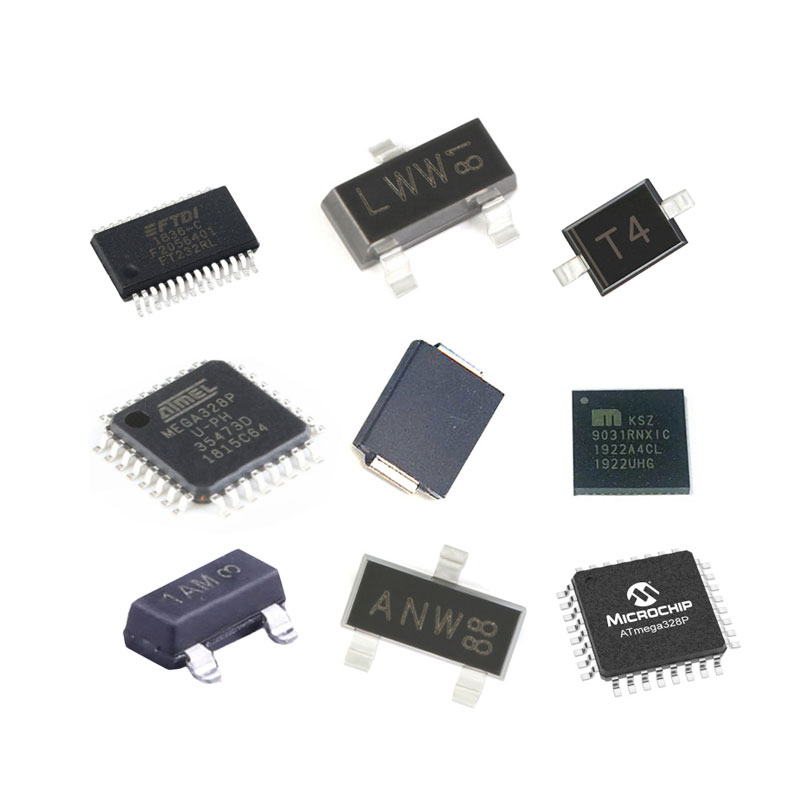
Semiconductor material is a type of electronic material that has semiconductor properties (conductivity is between conductors and insulators, resistivity is approximately in the range of 1mQ·cm~1GQ·cm) and can be used to make semiconductor devices and integrated circuits.
Substances and materials in nature can be divided into three categories: conductors, semiconductors and insulators according to their electrical conductivity. The resistivity of semiconductors is in the range of 1m2·cm ~1GQ·cm (the upper limit is based on Xie Jiakui's "Electronic Circuits", and 1/10 or 10 times the value: because the corner mark is not available, the current description is used temporarily). In general, the conductivity of semiconductors increases with temperature, which is exactly the opposite of metallic conductors.
All materials with the above two characteristics can be classified as semiconductor materials. What reflects the intrinsic basic properties of semiconductor materials are the physical effects and phenomena caused by various external factors such as light, heat, magnetism, electricity, etc. acting on semiconductors. These can be collectively referred to as the semiconductor properties of semiconductor materials. Most of the base materials that make up solid-state electronic devices are semiconductors. It is the various semiconductor properties of these semiconductor materials that give various types of semiconductor devices different functions and characteristics.
The basic chemical characteristic of semiconductors is the existence of saturated covalent bonds between atoms. The typical covalent bond feature is a tetrahedral structure in the lattice structure, so typical semiconductor materials have the structure of diamond or zinc blende (ZnS). Since most of the earth's mineral deposits are compounds, the earliest utilized semiconductor materials are compounds. For example, galena (PbS) has been used for radio detection for a long time, cuprous oxide (Cu20) is used as a solid rectifier, and zinc blende (ZnS) ) is a well-known solid light-emitting material, and the rectification and detection function of silicon carbide (SiC) was also utilized earlier.
Selenium (Se) is the earliest elemental semiconductor discovered and utilized. It was once an important material for solid rectifiers and photovoltaics. The discovery of the amplification effect of elemental semiconductor Ge (Ge) opened a new page in the history of semiconductors. From then on, electronic devices began to be transistorized. China's semiconductor research and production began with the first preparation of high-purity (99.999999% ~ 99.9999999%) germanium in 1957. The use of elemental semiconductor silicon (S) not only increased the types and varieties of transistors and improved their performance, but also ushered in the ushered in the era of large-scale and ultra-large-scale integrated circuits. The discovery of sub-V compounds represented by GaAs promoted the rapid development of microwave devices and optoelectronic devices.
What are semiconductor materials?
There are many semiconductor materials, which can be divided into two categories according to their chemical composition: elemental semiconductors and compound semiconductors. Zhu and silicon are the most commonly used element semiconductors: compound semiconductors include compounds of Groups III and V (arsenide, phosphide, etc.), compounds of Groups VI and VI (sulfide, zinc sulfide, etc.), oxides (, chromium, iron, etc.) , copper oxides), and solid solutions composed of sub-V compounds and industrial-VI compounds (household aluminum tablets, house arsenic phosphorus, etc.). In addition to the above-mentioned crystalline semiconductors, there are also amorphous glass semiconductors, organic semiconductors, etc.
Semiconductors can be classified according to their manufacturing technology into: integrated circuit devices, discrete devices, optoelectronic semiconductors, logic ICs, analog ICs, memories, etc. Generally speaking, these are also divided into subcategories. In addition, there are classification methods based on application fields, design methods, etc. Although it is not commonly used, there is still a method of classifying according to C, LSI, VLSI (very large LSI) and its scale. In addition, there are methods of classification according to the signals they process, which can be divided into analog, digital, analog-digital hybrid and function.
Common semiconductor material characteristics
Common semiconductor materials include silicon (si), (ge), compound semiconductors, such as stele (gaas), etc.; doped or made into other compound semiconductor materials, such as boron (b), phosphorus (p), (in) and Jin (sb) et al. Silicon is the most commonly used semiconductor material.
Have the following common characteristics:
1. The conductivity of semiconductors is between conductors and insulators
2. When a semiconductor is stimulated by external light and heat, its conductivity will change significantly.
3. Adding trace amounts of impurities to pure semiconductors will sharply enhance their conductivity.
Semiconductor materials can be divided according to their chemical composition, and amorphous and liquid semiconductors with special structures and properties are classified into a separate category. According to this classification method, semiconductor materials can be divided into elemental semiconductors, inorganic compound semiconductors, organic compound semiconductors, and amorphous and liquid semiconductors.
Eurotech is a worldwide supplier and exporter of electronic components, specializing in ICs, LCDs, Memory, Chips, computer parts, networking equipments and other passive components.
Tel: (86) 755 8395 9469
E-mail: info@eurotech-ic.com